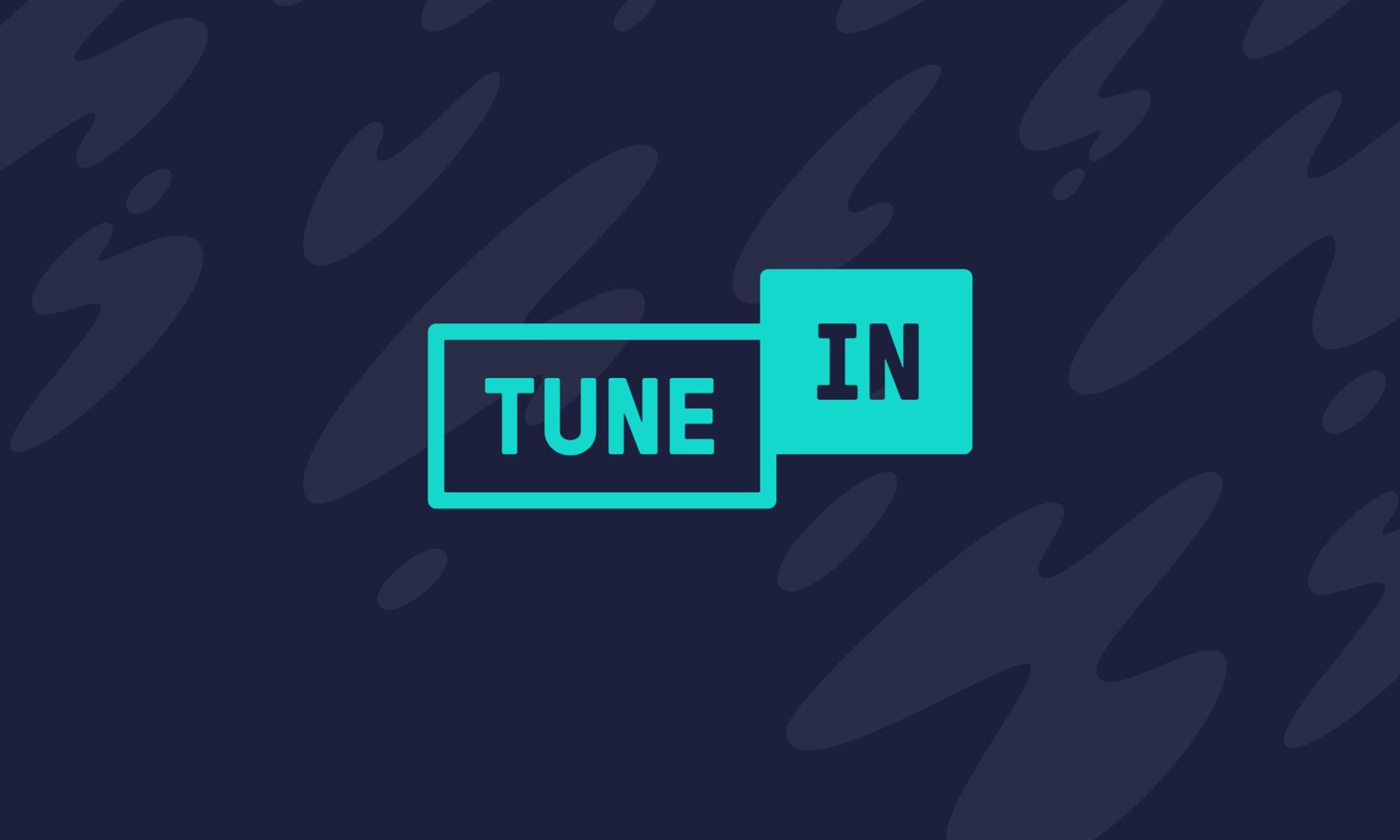For decades, our relationship with mobile technology has been defined by the flat, rectangular screen in our hands. We tap, swipe, and pinch our way through mobile apps, confined to a 2D canvas. But a revolution is on the horizon, one that promises to break us free from these limitations and redefine how we interact with our digital world: Spatial Computing.
Spatial computing, an umbrella term encompassing augmented reality (AR), virtual reality (VR), and mixed reality (MR), is fundamentally about blurring the lines between the digital and physical. It enables computers to understand and interact with the real world, allowing digital content to exist and respond within our physical environments. This isn’t just about overlaying digital information; it’s about creating a seamless, intuitive, and deeply integrated experience. And its impact on mobile UX design will be profound.
From Screens to Spaces: A Paradigm Shift
Imagine a world where your phone isn’t just a window to a digital realm, but a key that unlocks interactive digital experiences within your physical space. This is the promise of spatial computing for mobile UX. Here’s how it will manifest:
- Natural and Intuitive Interactions: Gone are the days of solely relying on touch. Spatial computing ushers in an era of natural gestures, eye-tracking, voice commands, and even subtle body movements as primary input methods. Imagine selecting an item by simply gazing at it, manipulating 3D objects with intuitive hand gestures, or dictating messages with your voice, all while your mobile device acts as the enabler. This move towards touchless controls makes interactions feel more innate and less like operating a machine.
- An Infinite Canvas for Apps: The confines of a phone screen will evaporate. Spatial interfaces can fill the space around the user, transforming any environment into an “infinite canvas” for applications. Instead of a weather mobile app showing a forecast on a small screen, imagine a dynamic, animated weather overlay projected onto your living room window, adjusting to real-time conditions. This opens up entirely new possibilities for information display and user engagement.
- Context-Aware and Adaptive Interfaces: Spatial computing allows apps to understand the user’s physical environment, proximity, and even emotional cues. This means interfaces will no longer be static. UI elements will dynamically adjust their size, position, and appearance based on where you are, what you’re doing, and even the lighting conditions. Think of a recipe app projecting instructions directly onto your countertop, or a navigation app providing subtle directional cues overlaid on the street ahead.
- Immersive and Multisensory Experiences: Beyond just visual, spatial computing will engage multiple senses. Designers will consider not just sight and sound, but also haptic feedback (vibrations), and potentially even olfactory (smell) cues to create richer, more memorable experiences. This multisensory approach will deepen user engagement and make digital interactions feel more “real.”
- Beyond the App Icon: Spatial Content Delivery: App icons might evolve into 3D, interactive objects that expand when you look at them. Instead of opening an app, you might “step into” a digital experience that unfolds around you. This pushes designers to think in three dimensions, considering depth, scale, perspective, lighting, and how digital objects interact with their physical surroundings.
Challenges and Opportunities for UX Designers
This monumental shift presents both exciting opportunities and significant challenges for UX designers:
- Designing for the Real World: Designers must now consider the complexities of real-world environments – varying lighting, occlusions, distractions, and user movement. Interfaces need to be robust and adaptable to diverse conditions.
- Prioritizing User Comfort and Safety: Minimizing motion sickness, eye strain, and ensuring safe interaction with physical surroundings will be paramount. Designers will need to create experiences that are ergonomically sound and don’t overwhelm the user.
- New Interaction Paradigms: Mastering gesture recognition, eye-tracking, and voice UI will require a fundamental shift in design thinking. Guiding users through these new interaction methods will be crucial for effective onboarding.
- Data Privacy and Ethics: Spatial computing relies on extensive data collection about the user’s environment and actions. Designers and developers will need to address privacy concerns and establish ethical guidelines for data usage.
The future of mobile UX design is no longer confined to the glass. It’s about designing for “space” – for the physical world and the intuitive ways humans interact with it. As spatial computing devices become more widespread and sophisticated, mobile UX designers will be at the forefront of crafting truly immersive, seamless, and transformative digital experiences that blend effortlessly into our daily lives. The revolution has begun, and it’s happening all around us.




